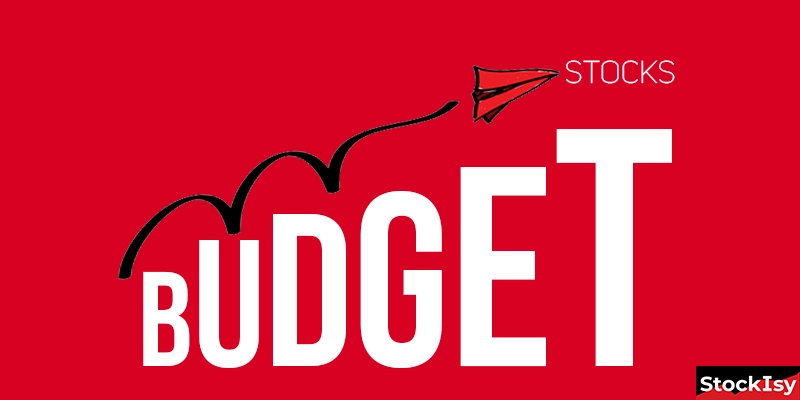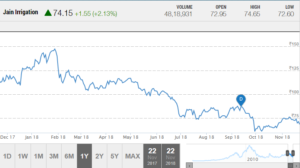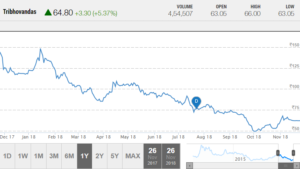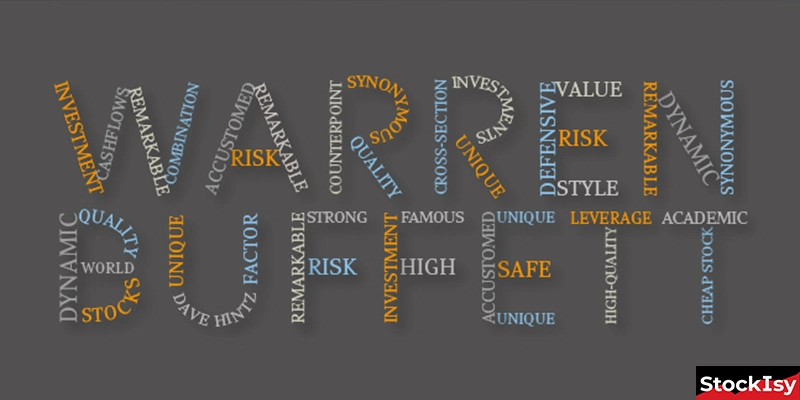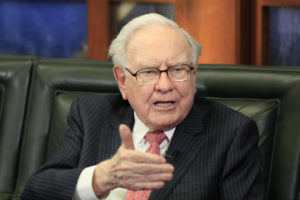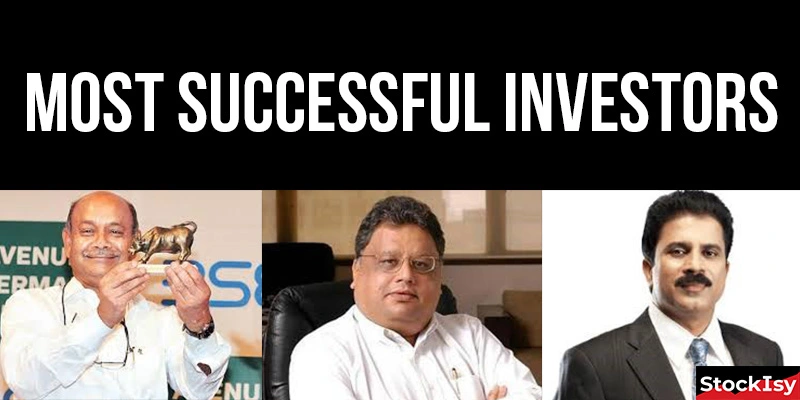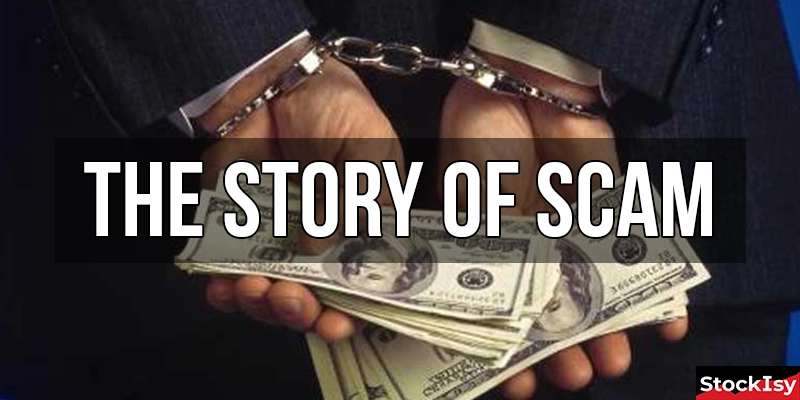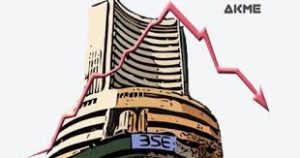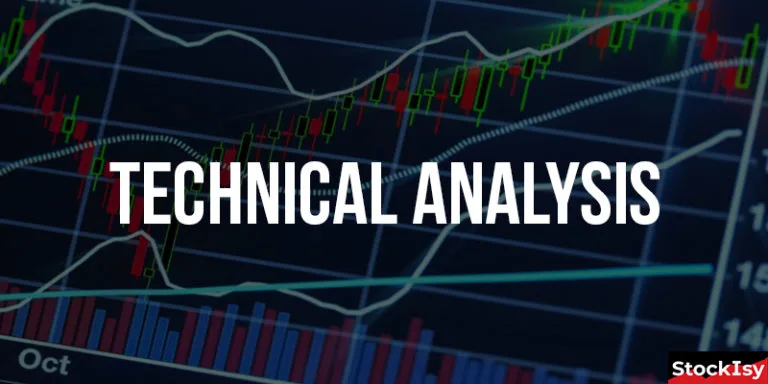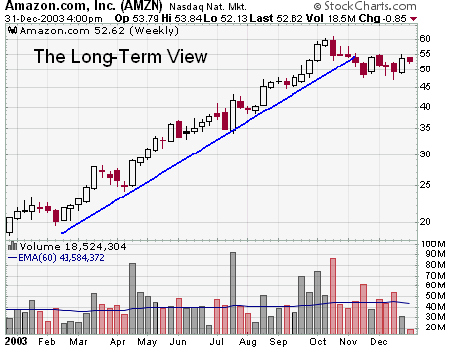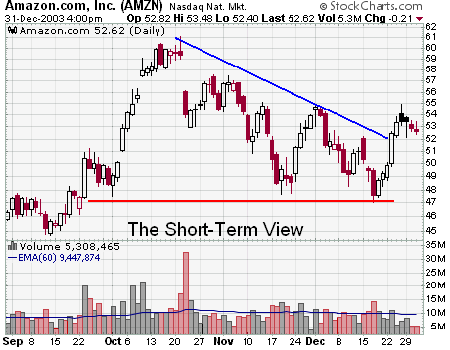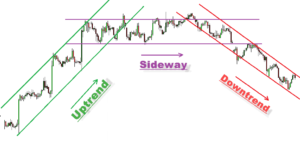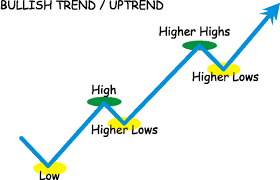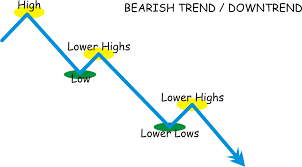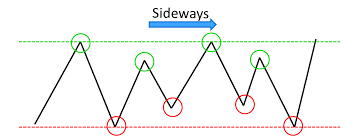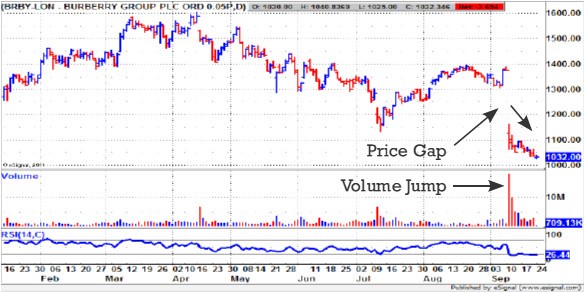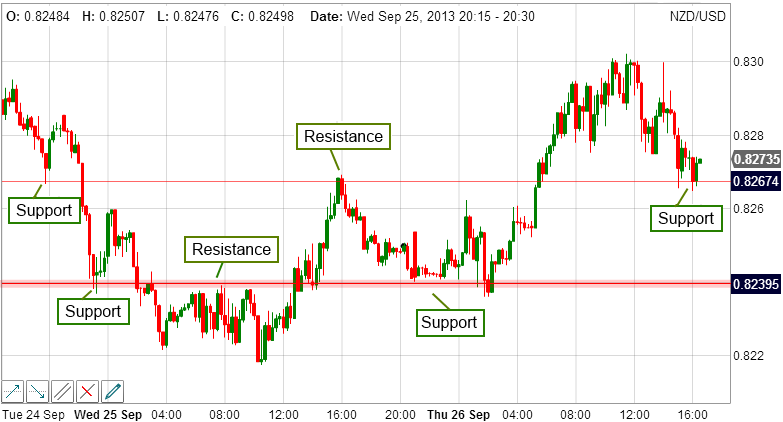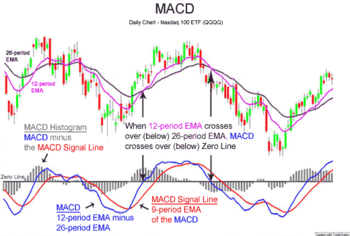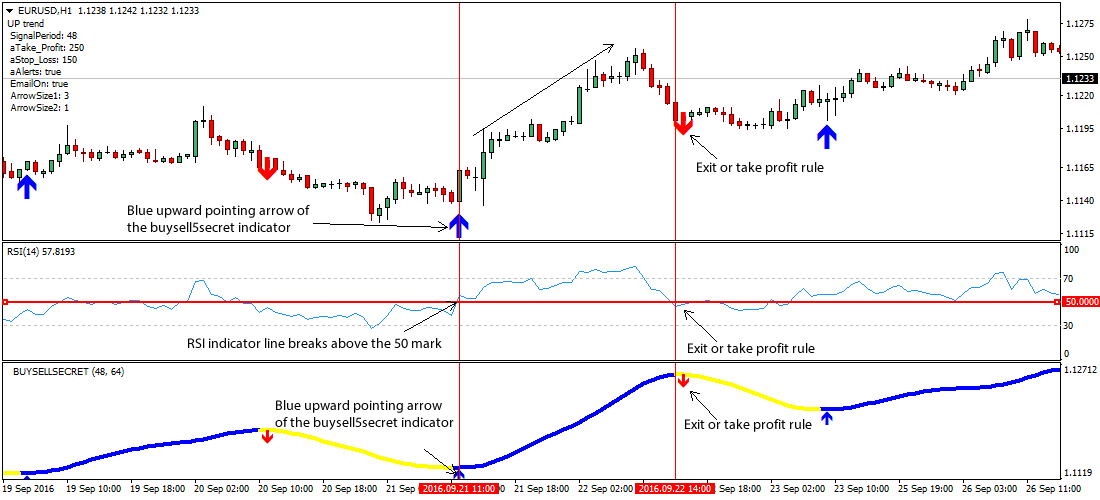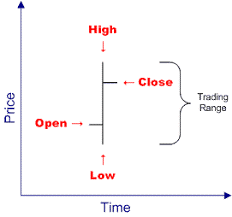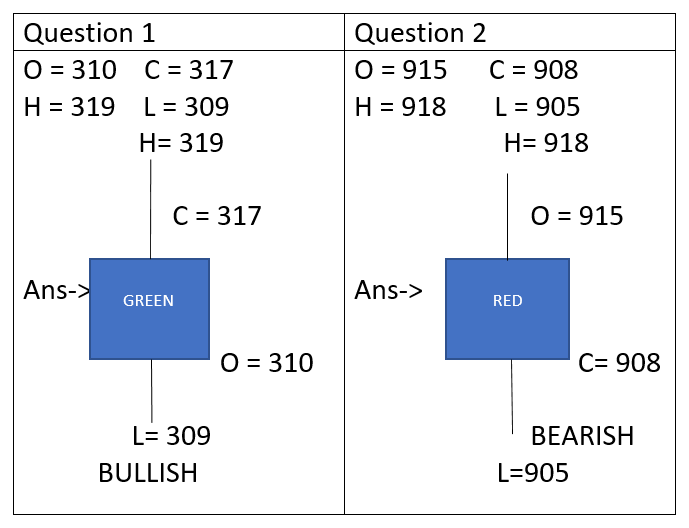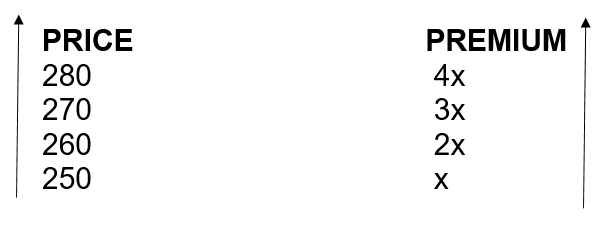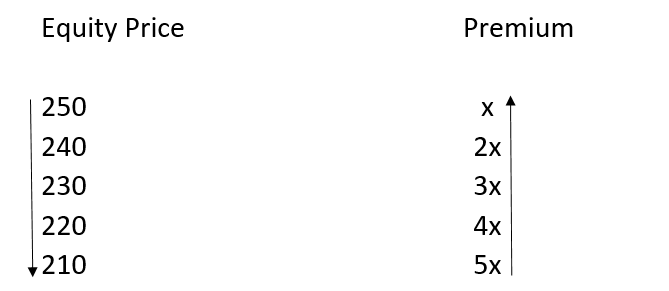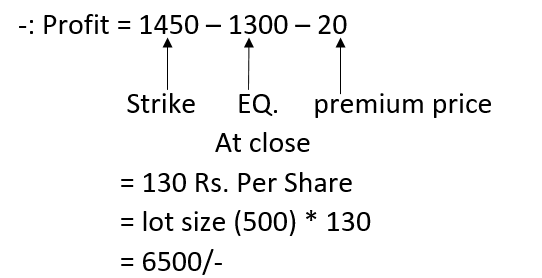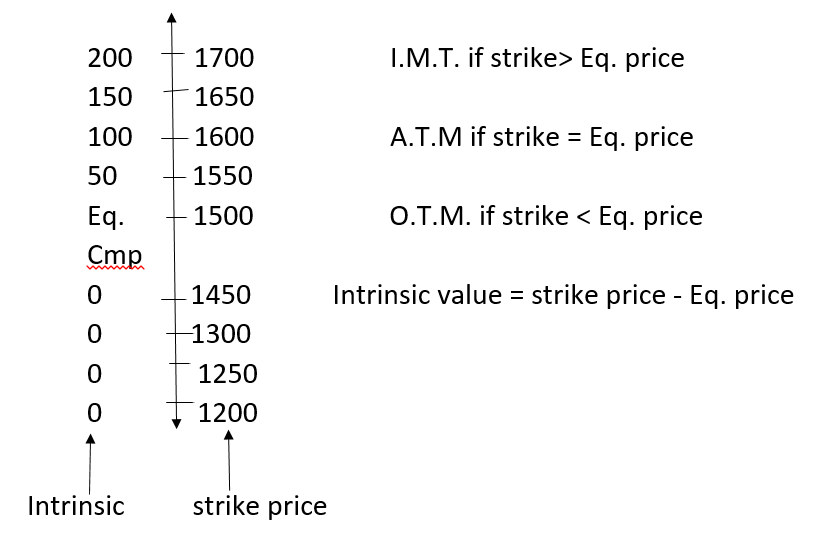Warren Buffett is acknowledged because the best investor of all-time due to his self-discipline and conservative method to investing.
As an alternative of specializing in the quick time period, Warren Buffett focuses on the long run. He additionally has a low urge for food for threat, shopping for corporations that energetic merchants would discover boring past all perception.
Buffett as soon as described his funding type as, “I’m 85% Benjamin Graham.” (Benjamin Graham is named the godfather of worth investing. His e book, The Intelligent Investor, is revered as a traditional on Wall Avenue. See additionally, 5 books Must Read for Investing ).
To dive deeper and totally respect Warren Buffett, I like to recommend studying his annual shareholder letters alongside the e book, Buffett: The Making of an American Capitalist.
This publish will deal with methods to construct a easy Warren Buffett portfolio, so let’s get to it.
Passive Indexing Advantages
There are 5 key advantages of setting up a Warren Buffett portfolio that’s passively managed:
- You may sleep properly figuring out you might be following the recommendation of the best investor of all-time, Warren Buffett.
- By shopping for and holding for many years whereas reinvesting dividends, the facility of compounded returns is realized.
- With passive indexing in low price index funds, you might be maintaining charges as little as humanly potential which maximizes returns.
- You’re maximizing tax effectivity by shopping for and holding for many years as a substitute of days (solely related when investing in a private portfolio versus a retirement account).
- The portfolio is straightforward to implement and straight-forward to comply with.
Passive Administration Portfolio Holdings
Warren Buffett’s advisable passively listed inventory portfolio is definitely quite simple. The truth is, there are solely two holdings: the S&P 500 and a short-term US authorities bonds fund. Relying on how younger you might be whenever you begin investing, it might simply be the S&P 500 (extra on allocation under).
What are the symbols for these two Vanguard funds? You should buy an ETF model or a mutual fund model. I personally use the ETF model, however both one works.
- S&P 500 index fund – ETF image VOO (no minimal), Mutual Fund symbols VFIAX($10,000 minimal), VFINX ($3,000 minimal)
- Brief-term authorities bonds fund – VFIRX ($10,000 minimal), VFISX ($3,000 minimal). For an ETF, take into account VGSH.
Buffett, 85 years younger, revealed his easy portfolio mentality in his 2013 annual letter to firm shareholders (emphasis mine),
My recommendation to the trustee couldn’t be extra easy: Put 10% of the money in short-term authorities bonds and 90% in a really low-cost S&P 500 index fund. (I recommend Vanguard’s.) I consider the belief’s long-term outcomes from this coverage shall be superior to these attained by most buyers — whether or not pension funds, establishments or people — who make use of high-fee managers.
Buffett supplied comparable recommendation after Lebron James requested him what he ought to do together with his personal investments,
“By way of the remainder of his profession and past, by way of incomes energy, [he should] simply make month-to-month investments within the low-cost index fund,”The rationale Buffett recommends Vanguard funds over different suppliers is as a result of the funds have the bottom prices respectively for the devices they’re designed to comply with.
For instance, VOO and VFIAX have a yearly expense ratio of simply 0.05% (VFINX, with its decrease minimal, fees 0.17%). For each $10,000 invested, .05% is a whopping $5 per 12 months in administration charges.
Right here’s a Buffett quote on low prices and maintaining investing easy,
Each people and establishments will continuously be urged to be energetic by those that revenue from giving recommendation or effecting transactions. The ensuing frictional prices could be large and, for buyers in mixture, devoid of profit. So ignore the chatter, maintain your prices minimal, and spend money on shares as you’ll in a farm.
What’s the S&P 500?
The S&P 500 is probably the most broadly adopted index on the earth. From Wikipedia,
The Normal & Poor’s 500, typically abbreviated because the S&P 500, or simply “the S&P”, is an American inventory market index based mostly in the marketplace capitalizations of 500 giant corporations having frequent inventory listed on the NYSE or NASDAQ. The S&P 500 index parts and their weightings are decided by S&P Dow Jones Indices.
If you wish to spend money on the US as an entire, the best technique to do it’s to purchase a fund that replicates the S&P 500.
The truth is, each Warren Buffett and Jack Bogle (founding father of indexing and Vanguard) consider the S&P 500 is all it’s worthwhile to have a worldwide publicity. It is because the S&P 500 generates simply over 50% of its revenues domestically. The remaining comes from abroad.
$1 Million in 31 Years Utilizing an IRA
For instance simply how highly effective passive indexing is utilizing Warren Buffett’s easy portfolio, I constructed a primary spreadsheet that replicated somebody placing $5,500 into an Individual Retirement Account (IRA) right here in the US and investing your entire principal into Vanguard’s S&P 500 ETF, ticker image VOO.
The Vanguard S&P 500 ETF (VOO) has an expense ratio of simply .04% per 12 months, as famous above, which implies the fee to carry the ETF fund can be solely $40 for each $10,000 invested.
Traditionally talking, the S&P 500 has returned 9.6%, on common, per 12 months. So, make investments $5,500 annually in a tax-deferred IRA with VOO, and after 31 years you’ll have an estimated $1,000,000.
Bear in mind, your $5,500 funding annually is pre-tax, which ought to make it even simpler to avoid wasting. The truth is, I at the moment worker this actual technique for my spouse’s Roth IRA (post-tax particular person retirement account).
One last notice right here is that when you might be age 50 or older, you’ll be able to contribute an additional $1,000 per 12 months (generally known as “catch-up” contributions), so $6,500 as a substitute of $5,500.
Greatest Dealer for Following Warren Buffett
Which on-line inventory dealer must you use to construct your Warren Buffett portfolio? The reply is straightforward. It doesn’t actually matter which dealer you employ.
Since you might be investing for the lengthy haul and shall be accumulating a big stake over a few years, dealer commerce commissions will rapidly turn into negligible, even when shopping for shares each month as Buffett recommends.
The largest benefit of a Warren Buffett portfolio is what we mentioned earlier, the tremendous low prices. Bear in mind, for each $10,000 invested in Vanguard’s S&P 500 ETF VOO or mutual fund VFIAX, .05% is barely $5 per 12 months in administration charges.
Whichever dealer you select, reinvesting the dividends by a DRIP (dividend reinvestment plan) needs to be a free possibility (that means the net dealer is not going to cost you to mechanically reinvest the dividends and purchase extra shares). Our sister web site StockBrokers.com offers a useful gizmo for evaluating brokers aspect by aspect.
One last possibility, go direct to the fund supply and use Vanguard.
I personally maintain VOO in ten totally different on-line dealer accounts at the moment (I do that as a result of I head analysis for our sister web site StockBrokers.com). Level is that this, it doesn’t matter the place you purchase. Simply purchase and maintain till retirement.
Take into account a Robo-Advisor for Automated Investments
Maybe you wish to comply with Warren Buffett’s core principals of taking a long run method, maintaining it easy, lowering charges, and embracing passive indexing, however don’t wish to really place the trades your self.
If that is you, then it would be best to think about using a robo-advisor as a substitute of buying and selling by yourself. For extra on robo-advisors and automatic investing, read this information.
Conventional Asset Allocation by Age
Whereas Warren Buffett favors holding a easy 90/10 portfolio of the S&P 500 (shares) and short-term treasuries (bonds), this isn’t what a conventional advisor will advocate.
To find out a conventional portfolio that’s “correctly diversified”, you first wish to take a look at your age and goal retirement date. For this part I’m referencing the biggest asset supervisor on the earth, Vanguard, which has a staggering $Four trillion underneath administration.
If you’re younger, it is strongly recommended to take extra threat and make investments extra closely in shares vs bonds to maximise returns. As you age, you then wish to enhance your bond holdings whereas lowering your inventory holdings to decrease threat. In spite of everything, you might be on the brink of retire.
Right here’s a superb cheat sheet from Vanguard on the totally different allocations and historic returns. (IMPORTANT: The bond returns used under are a mixture of each period whereas Warren Buffett makes use of short-term treasuries. That is equally true with the inventory returns. Thus, the returns estimations are NOT a real 1:1 illustration of Warren Buffett portfolio.)
To find out allocation based mostly on age alone, Vanguard recommends beginning with a 90/10 (shares/bonds) combine and sustaining it till you might be 20 – 25 years out of your desired retirement age. From there, you slowly modify your allocation each few years till you attain retirement during which you ideally can be allotted 40/60 (shares/bonds).
For instance, in case your goal retirement age is 65 and you might be 30 like me, then you definitely would theoretically desire a 90/10 combine. When you flip 40, you can scale back to say 80/20, or wait a number of years to start out transitioning. At age 60, you’d wish to be round 60/40 or 50/50.
Formulation apart, Warren Buffett made it clear that for his property he has instructed a 90% S&P 500 / 10% short-term gov bonds combine allocation. This might be counter-intuitive to the above formulation and breakdowns of correct allocation, however that’s Warren Buffett for you.
Ultimately, your plan for retirement must be distinctive to YOU. Your very best allocation combine might not match right into a broad, simplistic mildew.
There are a slew of things that come into play: your present revenue, present financial savings fee, goal retirement age, and private objectives for retirement to call 4 huge ones.
I’m not an expert advisor, nor do I’ve any curiosity in changing into one. That stated, hopefully the above can not less than assist to supply a easy information to make use of as a place to begin.
Goal Date Funds are One other Winner
If you wish to spend money on a historically diversified portfolio by age, the best answer is to purchase a Goal Date Fund (TDF).
With a goal date fund (Vanguard calls them goal retirement funds), you merely purchase one low-cost mutual fund and all the things portfolio associated is completed for you mechanically by the years.
Vanguard has a unbelievable free software to find out what fund it’s worthwhile to purchase based mostly in your present age and desired retirement age.
Since I’m 30, Vanguard’s software advisable I purchase the Vanguard Goal Retirement 2050 Fund (VFIFX) which fees an annual expense ratio of solely 0.16%.
In my 401okay portfolio held with our firm (so pre-tax retirement cash, not my private post-tax funding portfolio), that is the one fund that I maintain. I mechanically make investments 5% of my paycheck every month (which our firm matches 100%) and it mechanically buys this fund.
The underside line is that Goal Date Funds are a unbelievable answer as properly for many who wish to merely set it and neglect it.
Warren Buffett’s Guess In opposition to Wall Avenue
Warren believes so strongly within the simplicity of shopping for the S&P 500 that he guess a handful of hedge funds $1,000,000 that they couldn’t outperform a low price index fund over a 10 12 months interval. Winner will get a donation to the charity of their selecting.
Warren Buffett selected the Vanguard 500 Index Fund Admiral Shares (VFIAX) for his single place. The competitors Protege Companions, a New York Metropolis cash administration agency, chosen 5 unnamed funds of hedge funds.
The guess was kicked off in 2008 and as of early 2017 Warren Buffett’s guess was crushing the competitors with a 85.4% return vs a 22% return for the hedge funds.
For the complete story, NPR’s Planet Cash podcast did a nice episode on the guess which additionally covers the advantages of passive, low-cost indexing which I’ve touched on on this publish.
Alongside the above podcast episode, I additionally extremely advocate Barry Ritholtz’s Masters in Enterprise interview with Jack Bogle (founding father of Vanguard, indexing).
Closing Notes
Warren Buffett likes to purchase corporations which have stood the check of time, have unbelievable managers, huge moats round their core companies, and shall be round for many years to return.
Constructing a Warren Buffett portfolio is quite a bit simpler than many individuals suppose as a result of the most effective illustration of Buffett’s core beliefs falls underneath the S&P 500.
Buffett additionally believes in maintaining prices as little as potential by persistently shopping for every month it doesn’t matter what the market setting after which holding for many years. Also called passive indexing, the opposite secret is choosing funds with the bottom expense ratios, which is why Buffett recommends Vanguard.
All in all, you’ll be able to select any dealer to construct a Warren Buffett portfolio and comply with the recommendation of best investor on earth. Superior.






